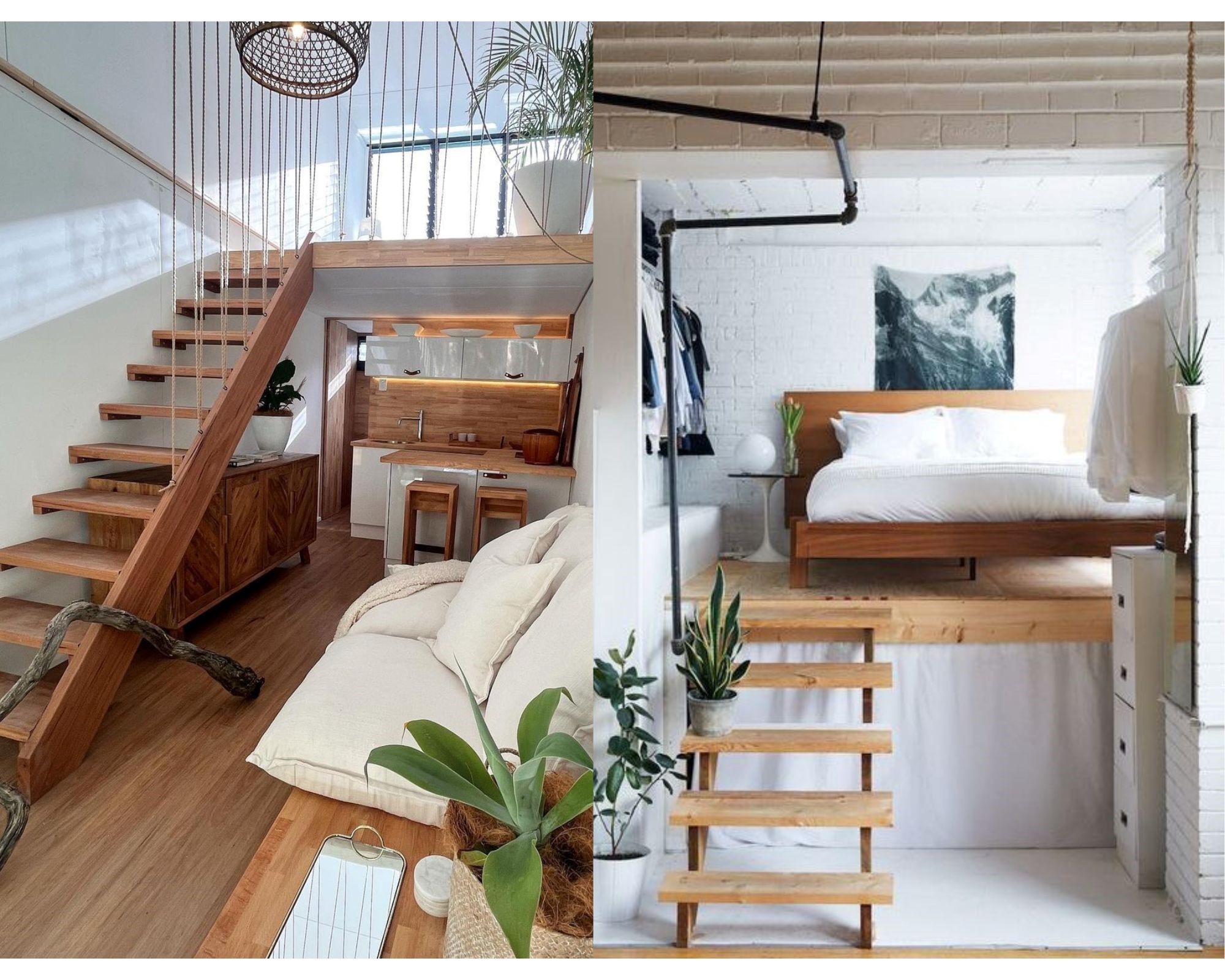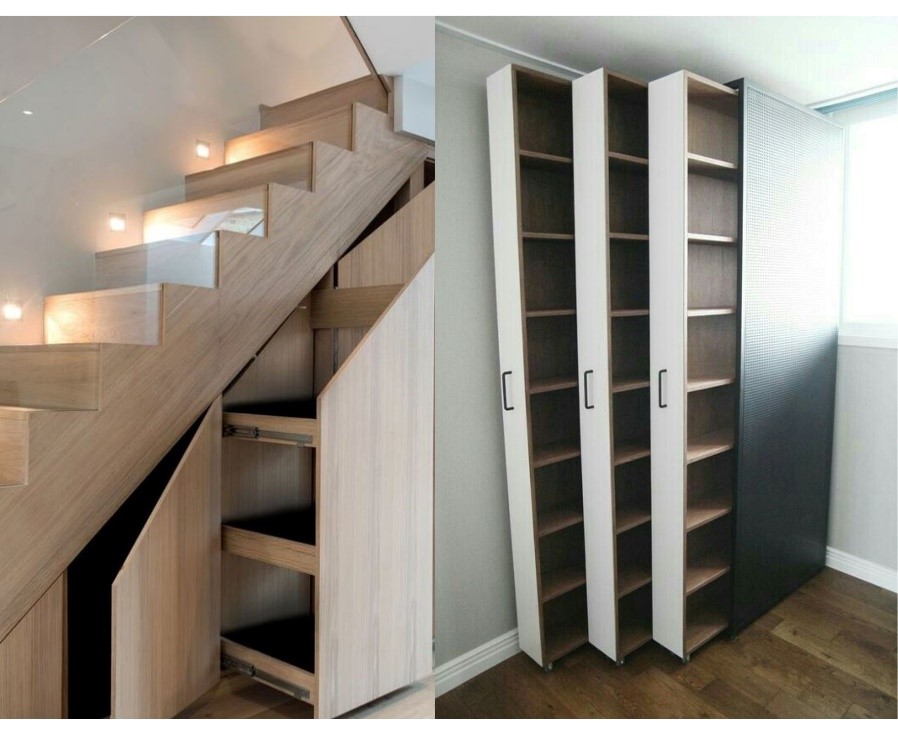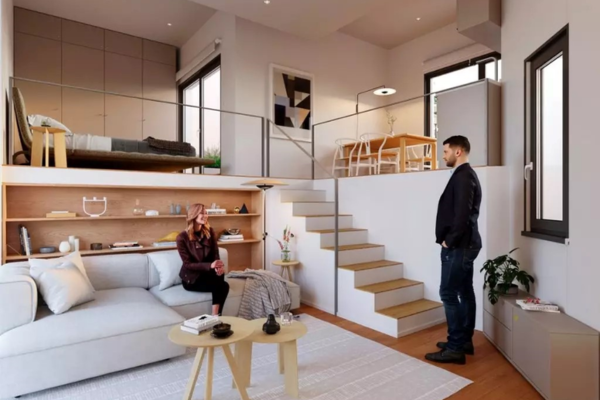Small Space Interior Solutions
Small Space Interior Solutions
“In the smallest of spaces, creativity thrives. A well-designed nook can hold a universe of functionality and dreams ”
- Anonymous
Small-space interior solutions are vital as urban living embraces compactness. Effective designs optimize functionality, enhance comfort, and evoke spaciousness within limited areas. They address the modern need for efficient use of resources, especially in densely populated areas. Such solutions foster creativity, adaptability, and innovative design thinking. They also cater to the rising demand for practical yet aesthetically pleasing environments, enabling individuals to live and work comfortably in constrained spaces. Outlined below are four major steps that effectively provide insight into approaching solutions for designing small interior spaces.
1. Space Optimization Strategies
Space optimization involves utilizing every inch efficiently. Multifunctional furniture like sofa beds and storage ottomans serve dual purposes, saving room. Clever storage solutions such as wall-mounted shelves, vertical cabinets, and under-bed drawers maximize unused areas. These ideas create more floor space and keep the room organized. Vertical storage not only stores items but also draws the eye upward, creating an illusion of height. Hidden compartments within furniture or walls offer discreet storage. By integrating these strategies, a small space can be transformed into a functional and visually pleasing environment, accommodating various needs while maintaining an uncluttered feel.
2. Design Elements for Visual Enhancement
Design elements for visual enhancement encompass light and color palettes, mirrors, minimalistic decor, and texture incorporation. Thoughtful use of lighting, both natural and artificial, influences the perception of space. A well-chosen color scheme, often light and cohesive, creates an airy feel. Mirrors and reflective surfaces amplify light, creating an illusion of more room. Minimalistic decor maintains a clean look, reducing visual clutter. Texture and subtle contrasts add depth and interest without overwhelming. By skillfully blending these elements, small spaces can feel more open, inviting, and visually engaging.
3. Furniture Selection and Arrangement
Furniture selection and arrangement play a pivotal role in optimizing small spaces. Properly scaled furniture ensures a balanced aesthetic without overcrowding. Modular and foldable pieces offer adaptability, transforming to suit varying needs. Flexibility in furniture layout permits functional zones, enhancing flow and purpose in confined areas. Strategic placement, particularly against walls or in corners, preserves floor space.
Careful consideration of traffic patterns ensures effortless movement. A cohesive design language ties furniture styles together, avoiding visual fragmentation. Incorporating focal points draws attention away from limited dimensions. Embracing vertical storage in furniture, such as tall bookshelves, capitalizes on height and minimizes footprint. Multifunctional pieces, like storage ottomans, contribute to the efficient use of space.
In sum, furniture selection must harmonize with the available area, offering both comfort and utility. Thoughtful arrangement maximizes flow and accessibility while expressing the room's intended purpose.
4. Practical Tips for Effective Design
Practical tips for effective interior design involve maximizing natural light, decluttering techniques, and creative use of mirrors. Harnessing daylight not only enhances the space but also creates an illusion of openness. Implementing efficient storage solutions and minimizing clutter maintain a clean and organized look. Mirrors strategically placed reflect light and create the perception of expanded space. Integrating indoor and outdoor areas through seamless transitions blurs boundaries and enlarges the visual expanse. These practical strategies optimize functionality and aesthetics in compact spaces, fostering comfort and livability.
Author: Trushna Agale (Interior Designer)



Comments
Post a Comment